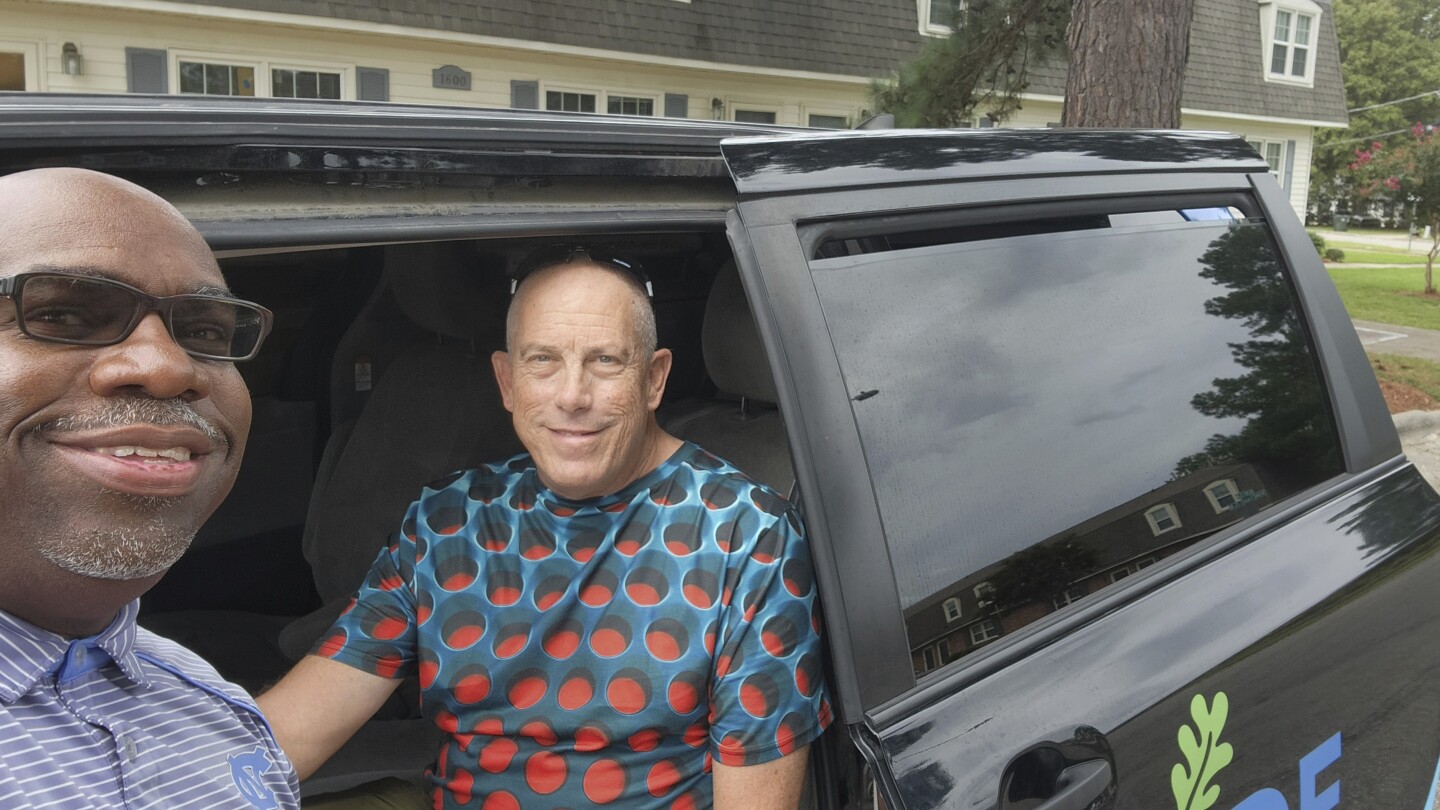- cross-posted to:
- transit@lemmy.world
- cross-posted to:
- transit@lemmy.world
What if public transit was like Uber? A small city ended its bus service to find out::Small-scale, tech-based solutions to transportation problems have emerged as a great equalizer in the battle for infrastructure dollars between big cities and rural communities.



This is the best summary I could come up with:
Milton Barnes used to oversee packed subway stations in Washington, D.C., a far cry from the sparsely filled buses he drove after moving to Wilson, North Carolina, to care for his elderly parents.
Wilson landed federal and state infrastructure grants to support the shared, public rides residents summon — usually within 15 minutes — through a service operating like Uber and Lyft, but at a fraction of the cost to riders.
These smaller-scale, tech-based solutions to public transportation problems, known broadly as microtransit, have emerged as a great equalizer in the battle for infrastructure dollars that has traditionally pit the bus, train and subway needs of urban areas against the road construction projects sought by rural communities.
Via started operations seven years earlier with what was then a consumer service offering shared van rides in parts of Manhattan’s Upper East Side where the New York City subway didn’t go.
Even Wilson won’t be able to operate under its microtransit pilot program forever without finding new ways to pay for it, said Kai Monast, associate director of the Institute for Transportation Research and Education at North Carolina State University.
Monast predicts that although Wilson will remain committed to microtransit, the community eventually will return in part to a fixed-route system, adjusted heavily from the data gathered through years of on-demand van rides.
The original article contains 1,146 words, the summary contains 221 words. Saved 81%. I’m a bot and I’m open source!